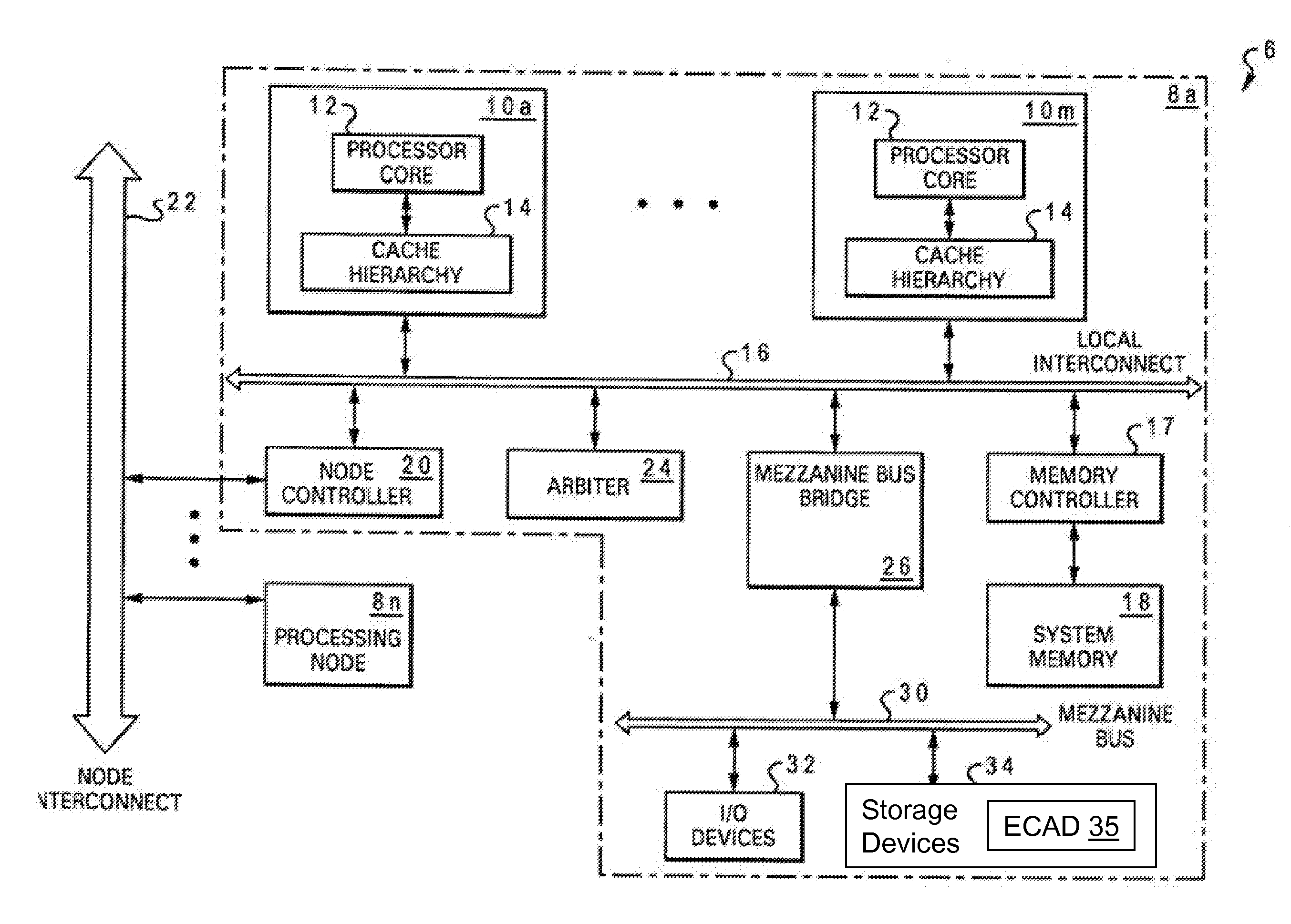Method, system and program product for providing a configuration specification language supporting selective presentation of configuration entities
a configuration specification and configuration language technology, applied in the field of computer-aided design, simulation and configuration of systems, can solve the problems of inability to centralize configuration latches for all similar functional units, tedious creation and maintenance, and inability to maintain accurate configuration documentation
- Summary
- Abstract
- Description
- Claims
- Application Information
AI Technical Summary
Benefits of technology
Problems solved by technology
Method used
Image
Examples
Embodiment Construction
[0076] The present invention employs a configuration specification language and associated methods, systems, and program products for configuring and controlling the setup of a digital system (e.g., one or more integrated circuits or a simulation model thereof). In at least one embodiment, configuration specifications for signals in the digital system are created in HDL code by the designer responsible for an associated design entity. Thus, designers at the front end of the design process, who are best able to specify the signal names and associated legal values, are responsible for creating the configuration specification. The configuration specification is compiled at model build time together with the HDL describing the digital system to obtain a configuration database that can then be utilized by downstream organizational groups involved in the design, simulation, and hardware implementation processes.
[0077] With reference now to the figures, and in particular with reference to...
PUM
 Login to View More
Login to View More Abstract
Description
Claims
Application Information
 Login to View More
Login to View More - R&D
- Intellectual Property
- Life Sciences
- Materials
- Tech Scout
- Unparalleled Data Quality
- Higher Quality Content
- 60% Fewer Hallucinations
Browse by: Latest US Patents, China's latest patents, Technical Efficacy Thesaurus, Application Domain, Technology Topic, Popular Technical Reports.
© 2025 PatSnap. All rights reserved.Legal|Privacy policy|Modern Slavery Act Transparency Statement|Sitemap|About US| Contact US: help@patsnap.com



